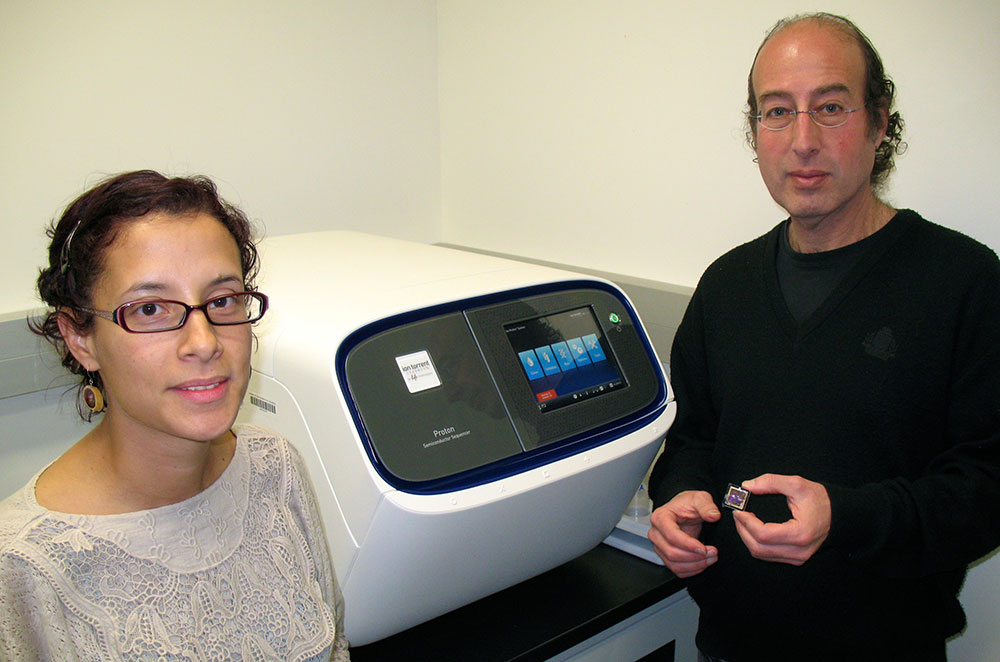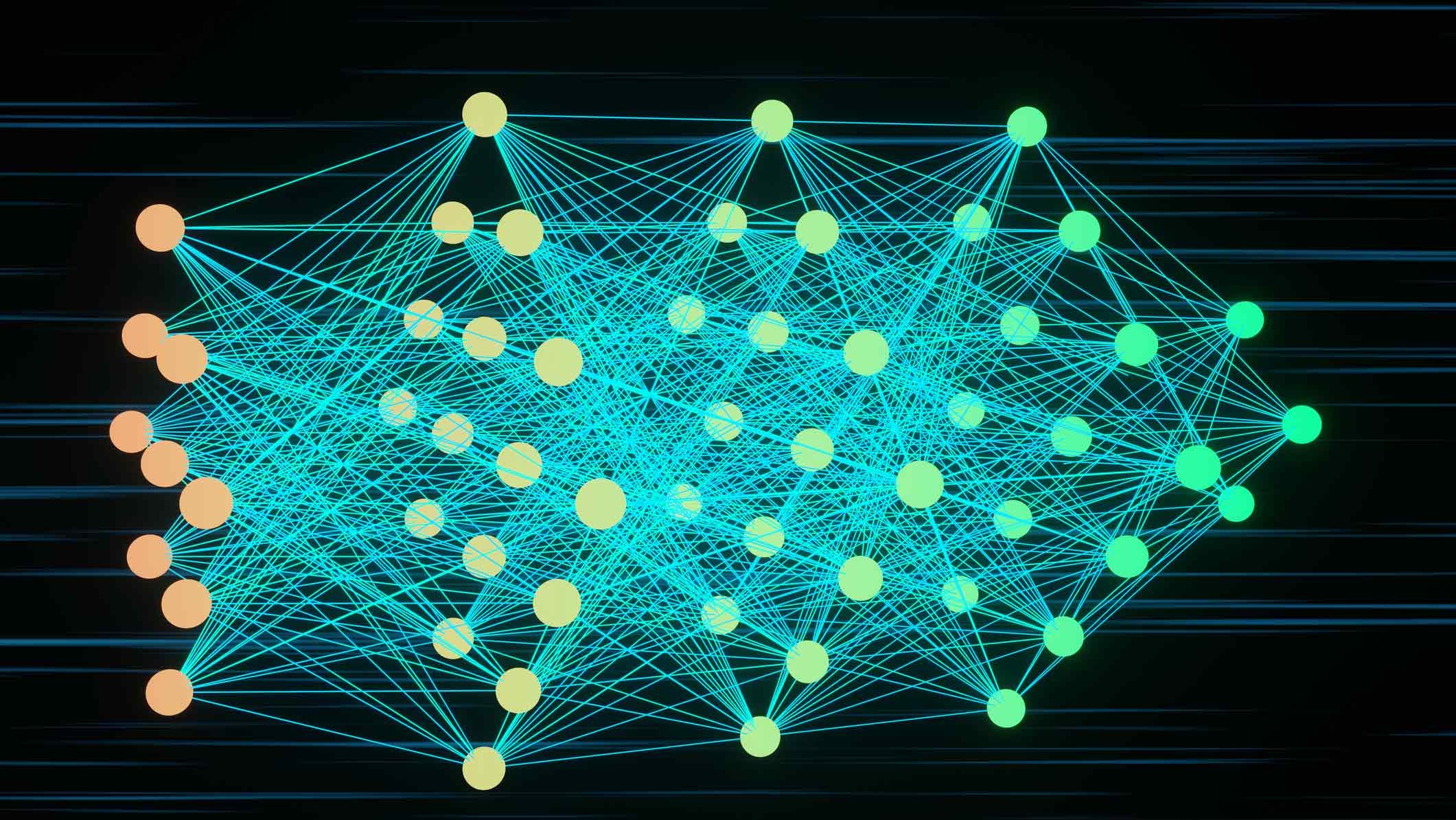
New Gene Sequencer Boosts Research
New equipment at UC Santa Barbara is helping the university to do what it does best –– collaborate across disciplines. In this case, biologists are working with computer scientists to understand the human genome. The effort is expected to develop into a full-fledged genomics center.
The campus has acquired a new gene sequencer, the first of its kind on a UC campus. Purchased by UCSB's Neuroscience Research Institute (NRI), it allows university scientists to perform cutting-edge genetic research.
"Genomics means capturing the many variations of DNA in different organisms and different individuals, examining its sequence, and trying to understand its function," said Kenneth S. Kosik, M.D., Harriman Chair in Neuroscience Research, and co-director of the NRI. He said he expects the new sequencer to open many doors.
He explained that genomics differs somewhat from genetics, which has to do with the inheritance of genes and traits. "Genomics concentrates on sequences of DNA, which are the instruction book of life," said Kosik. "Of course, human genomics got a huge boost when the entire genome was sequenced in the year 2000. At that time, that project cost hundreds of millions of dollars; however, the price has been coming down at a rate even faster than Moore's law."
Kosik said that the real bottleneck in this area of research lies in the analysis of all of the sequence data. "The fact that we can acquire these instruments now allows us to tap into the extraordinary expertise here in computer science that is really the cornerstone of our genomics program," said Kosik. "That is a marriage between the biologists and computer scientists on campus. This highly collaborative enterprise allows us to be really quite special in the area of genomics, because coming to the table are people who have a very strong background in computer science, and they are teaming up with the biologists."
Besides core instrumentation, the new genomics center will include UCSB faculty members, postdoctoral fellows, and graduate students –– as well as broader collaborations with research groups at UCLA and UC San Francisco. Mary L. Arcila, a doctoral student with Kosik, is assistant director of the sequencing facility.
Kosik noted that while the new gene sequencer will be used for research and not for clinical work with patients, the new technology is bringing in an era of democratization of the genome. "Democratization of sequencing human DNA means that this kind of technology is available to everybody," said Kosik. "We're very close. In fact, the promise of this instrument is that it will get us to what's called the thousand-dollar genome." He said that an extraordinary amount of technological progress has brought us to this milestone: from a cost of hundreds of millions of dollars to sequence one human genome in the year 2000, to a thousand dollars to sequence a genome today.
Most sequencing labs are interested in studying DNA to find mutations and polymorphisms –– anything that's different between two people and their genomes, according to Kosik. By contrast, his group will focus on RNA instead of DNA. "We're interested in which genes get turned on and turned off," said Kosik. "By turned on I mean made into an RNA. So instead of taking the DNA out of a cell, we take the RNA, and the RNA tells us which genes are turned on in your blood cells, or your skin cells, or any cell that we decide to analyze."
Kosik explained that a huge shift has occurred in the last few years regarding the idea that the genome was full of what was once called "junk" DNA. "That concept has gone away," he said. "It turns out that maybe 70 percent or more of the genome is actually made into RNAs, and this finding drives our research because it gives us the ability to examine what all of those RNAs are doing. People don't have a clue what most of them are doing."
The new sequencer, called the Ion Torrent, cost approximately $300,000. The funding came from the Tau Consortium, supported by an anonymous donor for in-depth analysis of the tau gene, and the study of frontotemporal dementia. Tau gene pathology also occurs in Alzheimer's disease.
Kosik is a leading researcher in the study of Alzheimer's disease. Along with several other Alzheimer's experts in the U.S. and Colombia, Kosik is conducting a clinical trial for a new drug to treat early-onset Alzheimer's. The study is in Medellín, Colombia, where there is a family of more than 3,000 members, many of whom have a genetic mutation leading to the disease. Those with the mutation begin showing symptoms in their late 40's. Kosik has been studying these family members for the past two decades.
† Mary Arcila and Kenneth S. Kosik with the new gene sequencer that has just arrived on the UCSB campus.
Kosik is holding the chip which is inserted into the device and is the critical component on which the DNA sequencing takes place.
Credit: George Foulsham, UCSB Office of Public Affairs and Communications
Related Links



